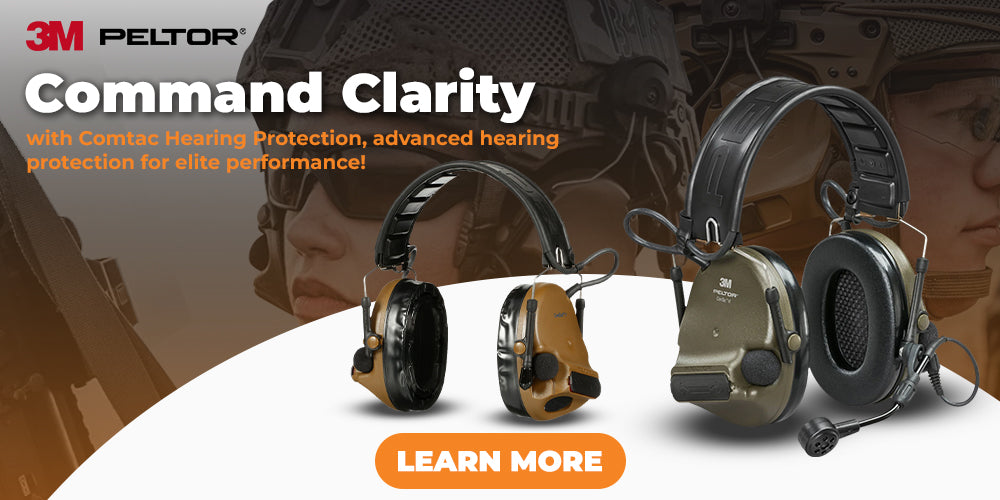
PAPRs
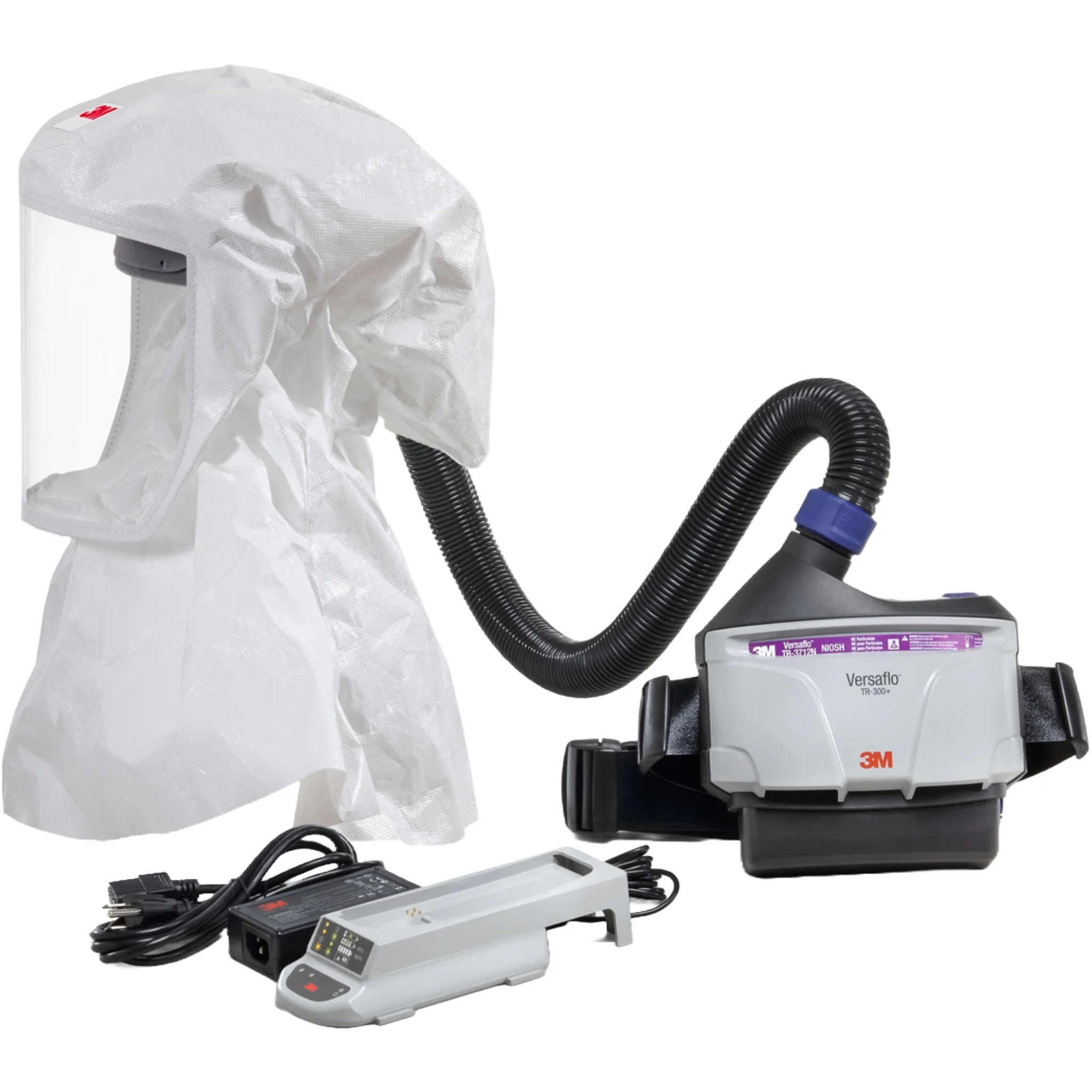



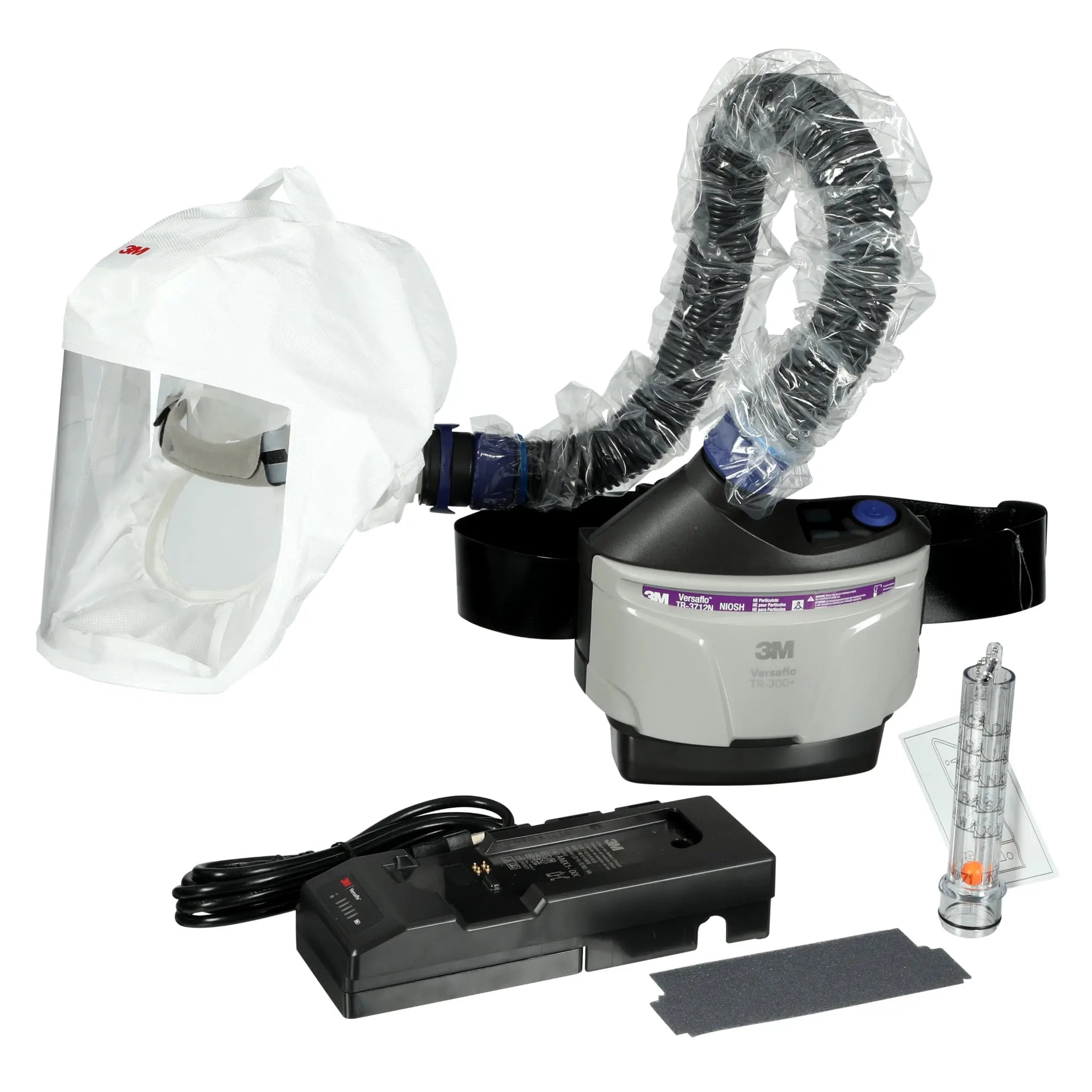


























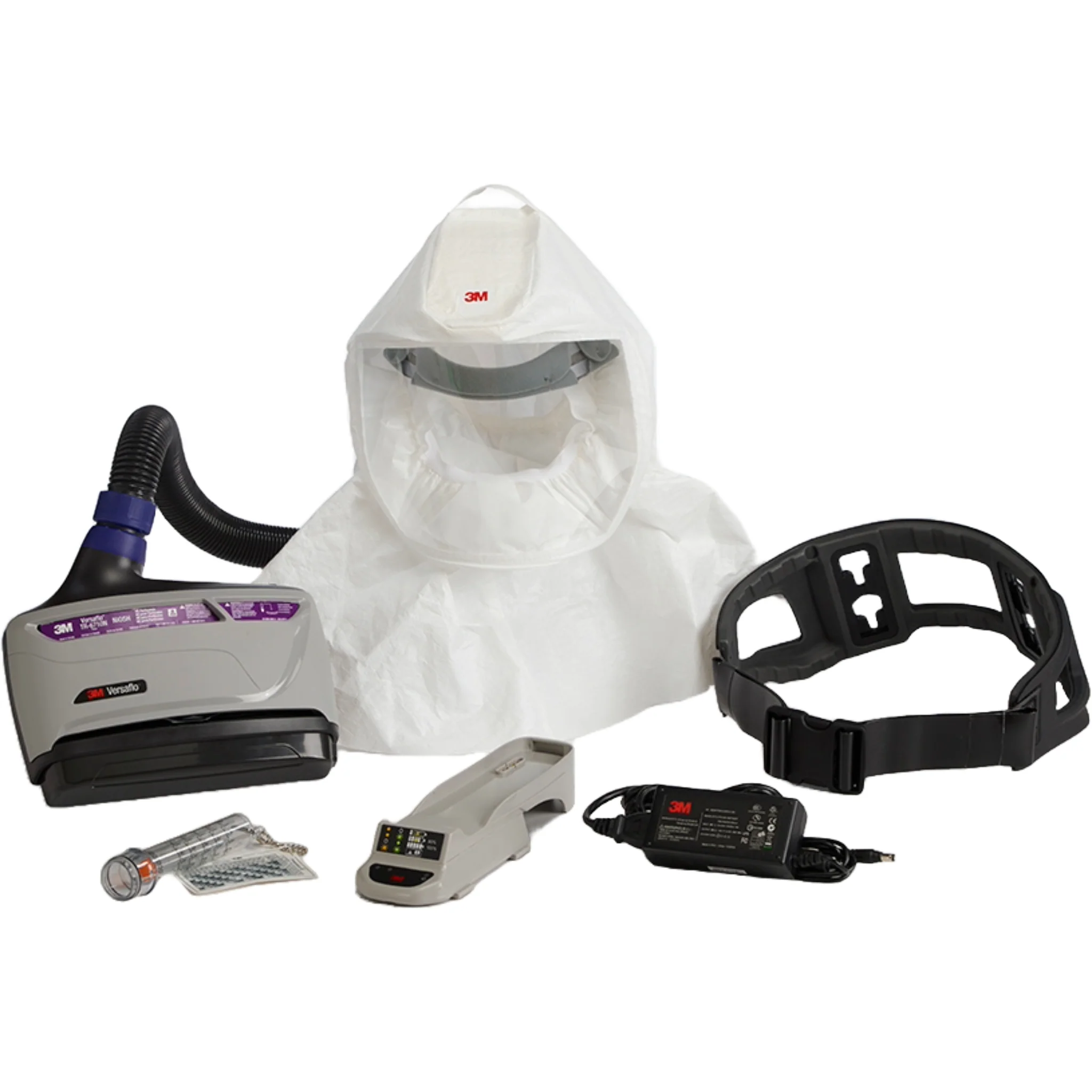







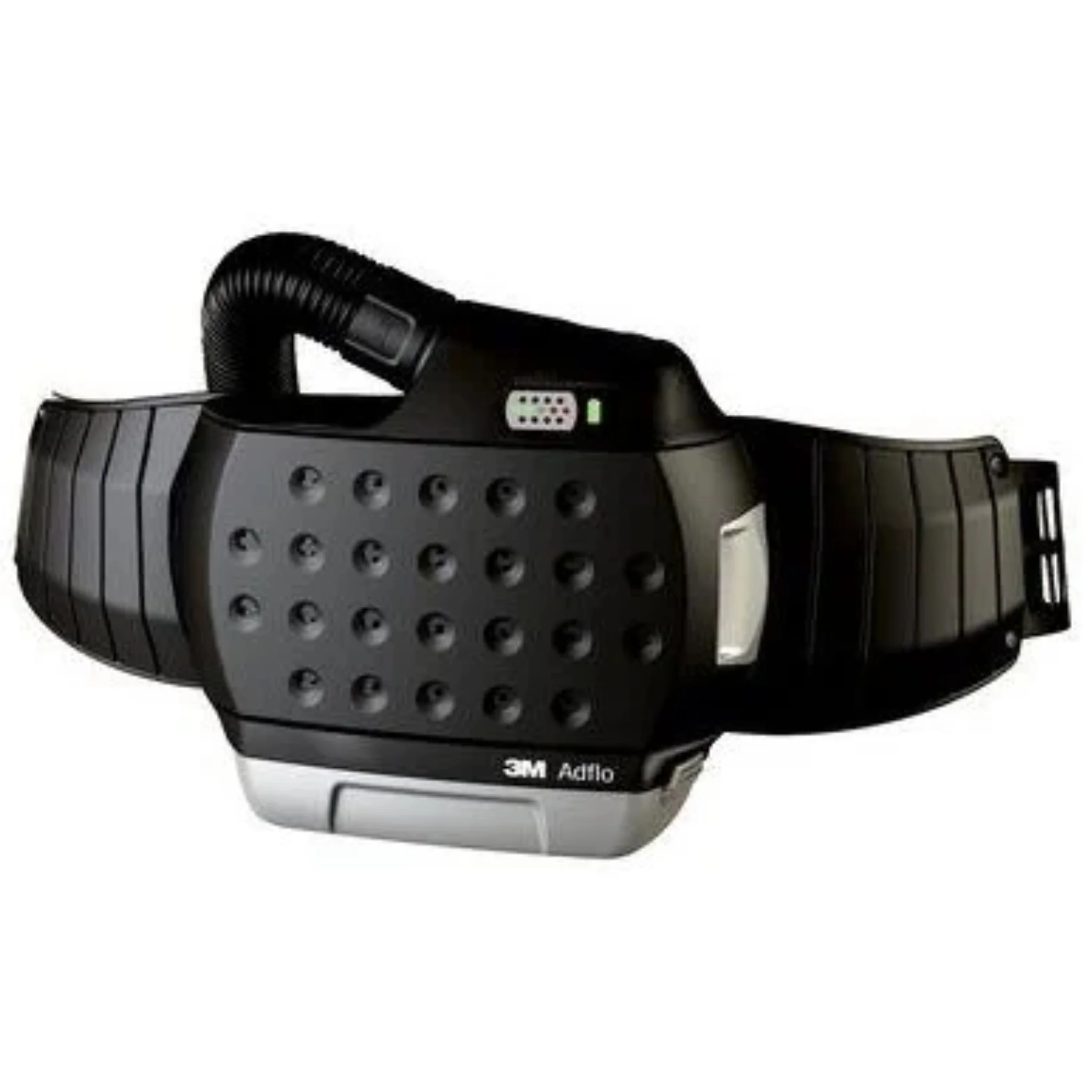
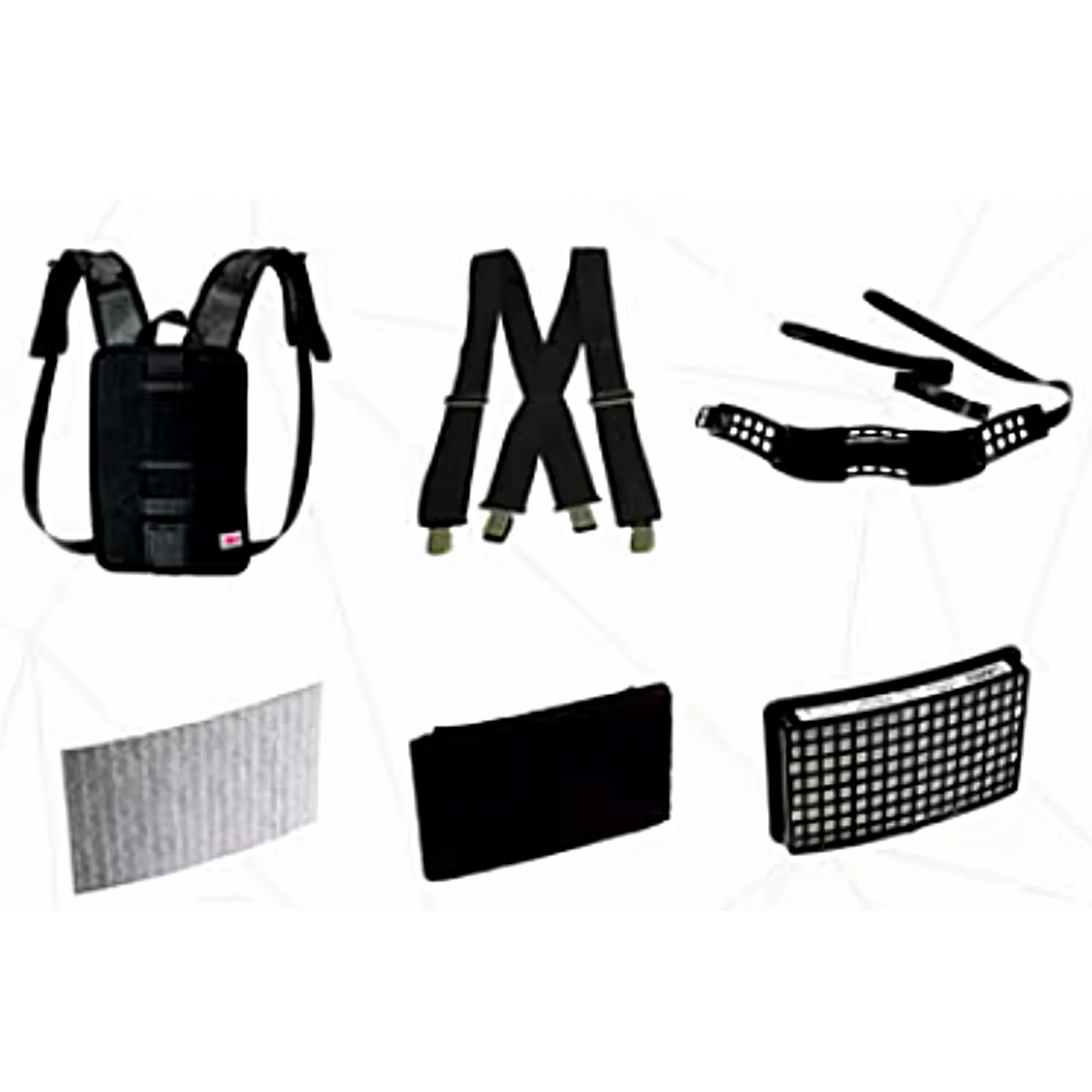













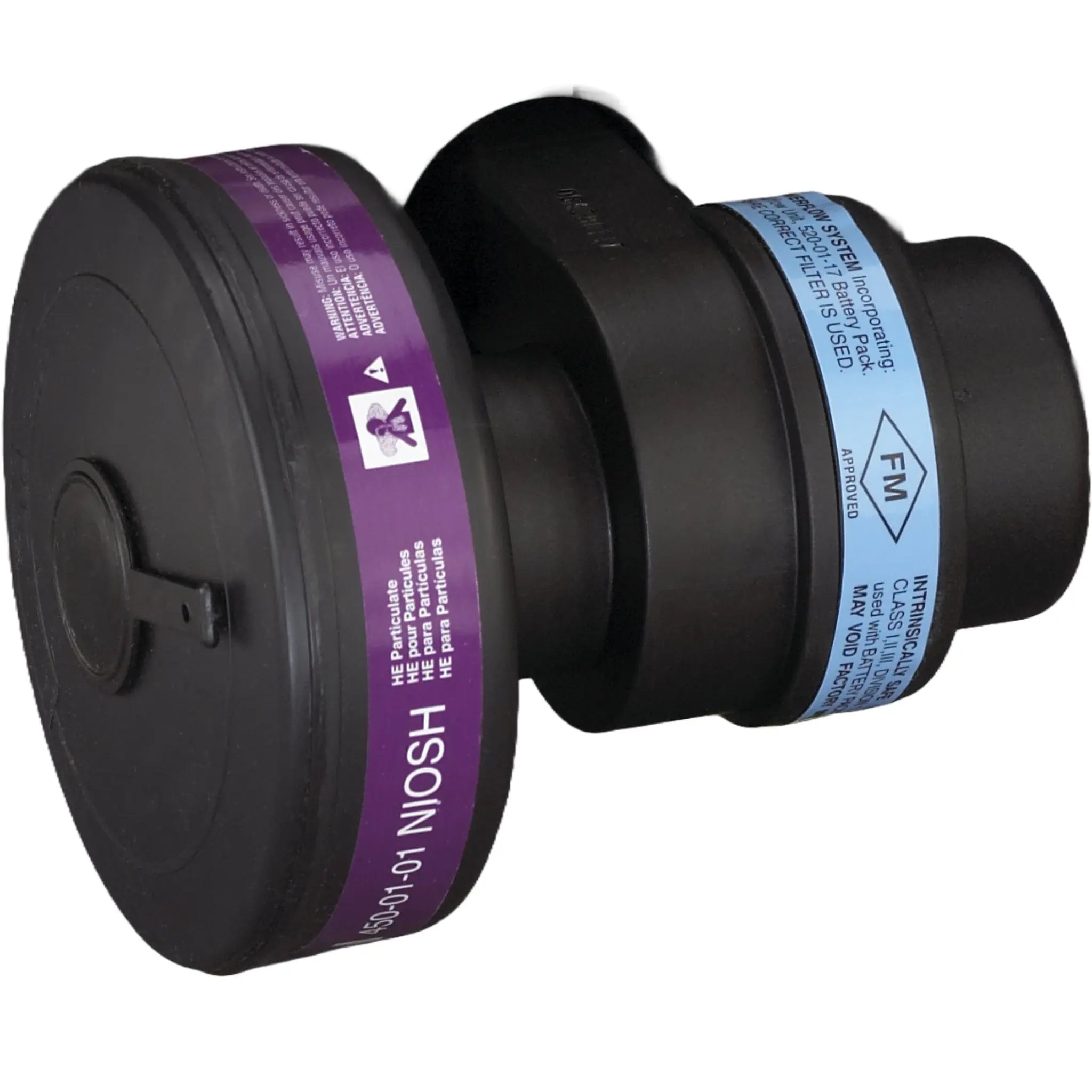

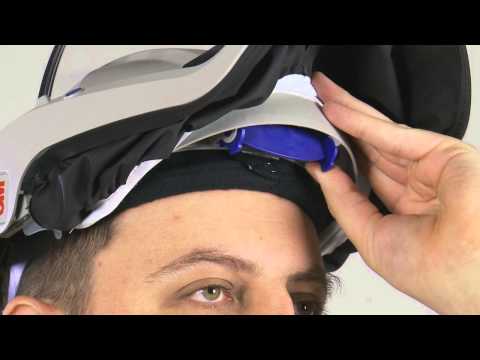





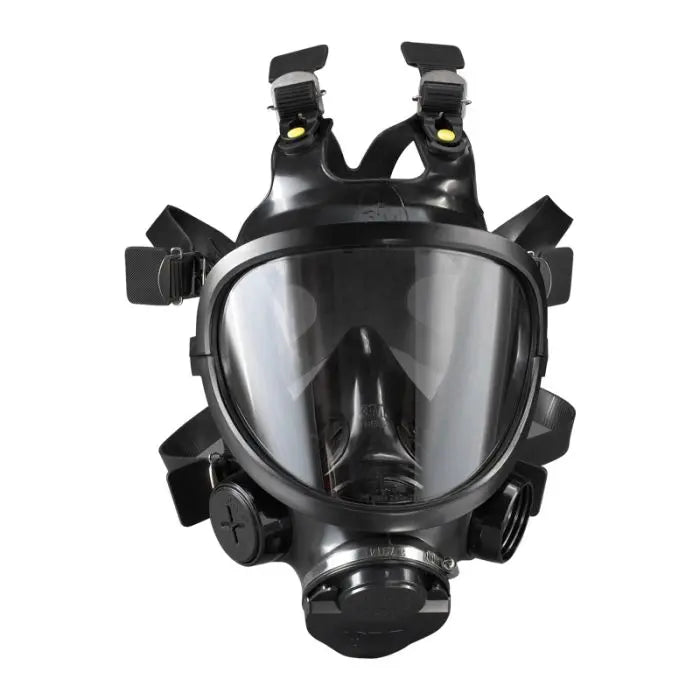
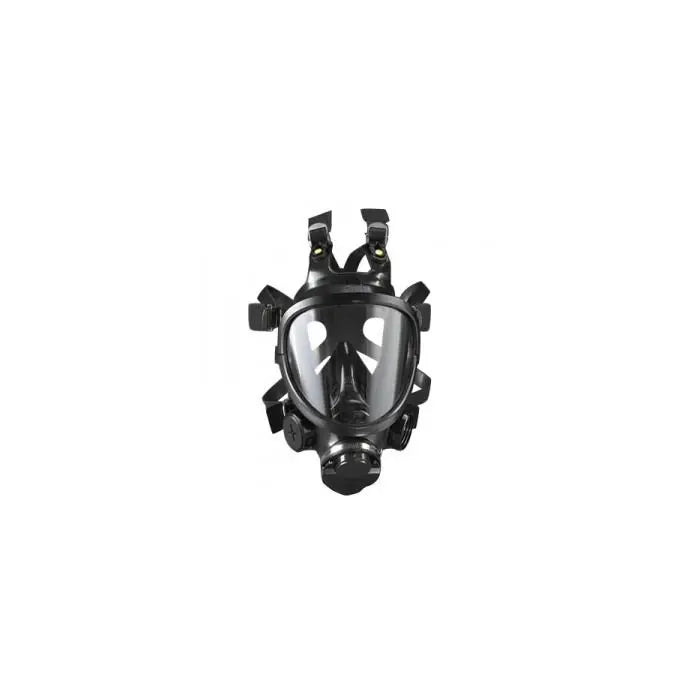






PAPRs use a motorized air source to filter and clean ambient air before it is delivered to the user. Powered Air Purifying Respirator systems can use many different filters such as HEPA (high efficiency particulate air), Vapor protection, or simple particulate filtration. A powered air purifying respirator delivers a cooler and easier breathing experience than standard respirators through control of the airflow.
Don’t forget, Enviro Safety also stocks a full line of 3M respirators , components, and other breathing protection products for all of your industrial safety needs.
Different PAPR for a diverse range of systems
Enviro Safety offers a range of different powered air respirators and masks for a variety of industries and respiratory protection requirements, whether you need to filter out vapor, gas, or particulates. We also offer PAPR systems that work with Welding, HazMat, and much more, with loose-fitting masks, tight-fitting half masks, and hoods.
Some of the systems we offer include:
Gas, Vapor & Particulate systems
PAPR systems that can filter out Gas, Vapor, and Particulates include the 3M Versaflo and 3M BreathEasy systems. These
Gas, Vapor & Particulate systems
systems offer a wide selection of mounting and headgear options. The 3M Versaflo system comes in three lines: TR-300N+, TR-600 and TR-800. All of these can be configured with either an ECK (Easy Clean) or HIK (Heavy Industry) model. Additionally, the TR-800 can be configured as a PSK (Painter’s Kit).
So the options are: TR-300N+ECK, TR-300N+HIK, TR-600-ECK, TR-600-HIK, TR-800-ECK, TR-800-HIK and TR-800-PSK.
The difference between each line is as follows: TR-300 is a baseline product that offers Particulate protection; the TR-600 adds Gas and Vapor protection; the TR-800 includes Particulate, Gas and Vapor, protection in an Intrinsically-Safe model.
Welding systems
Welding applications and PAPR systems go hand in hand with comfort and added productivity. With traditional helmets and 3M dust masks, extended welding sessions can be hot and tiring. With a Speedglas Adflo system, welders can enjoy top-level welding protection, and a cooler, more comfortable welding experience. And when you are more comfortable, it's easier to concentrate on quality work and control!
HazMat systems
Homeland Security and HazMat responders need protection from a variety of hazardous materials, from vapors to gases. The 3M First Responders PAPR offers a full face respirator combined with Tychem products to provide effective respiratory protection from toxic chemicals.
Hooded systems
Hooded systems provide the user with a lightweight positive air pressure area that keeps filtered air in, and pushes contaminated air out.
Face Mask systems
Facemask systems provide protection by directly sealing against the face of the user with a facepiece. This offers positive seal protection against contaminants.
Frequently asked questions about powered air respirators (PAPR)
Here are some answers to the more commonly asked questions about powered air purifying respirator systems that we have been asked.
These PAPR FAQS cover everything from the very basic questions, like what does a PAPR do exactly, and how does a PAPR fit? We also address the question of whether or not you can share a PAPR.
If you have a question that is not answered on this page, please feel free to reach out to the Enviro Safety sales team. We are always happy to answer any questions, and who knows, maybe it’ll end up here to help others.
What does an air purifying respirator (PAPR) do?
A powered air purifying respirator (PAPR) forces air through canisters or filter cartridges into the wearer’s breathing zone. This process creates an air flow that is inside either a loose-fitting helmet or hood or a tight-fitting facepiece.
By doing this, the wearer is provided with higher protection (better known as APF: assigned protection factor) compared to reusable elastomeric non-powered air-purifying protective gear.
Can you share a PAPR?
This is really a question of personal hygiene, and it is not ideal to share a hood assemply of a PAPR facepiece. In cases where it is necessary for employees to share a single powered air purifying respirator, they would still need their own face mask or hood assembly.
This way, at least, hygiene protocols are more easily maintained. Each employee would have ownership of their own face mask or hood assembly for the purposes of maintenance, cleaning, and storage.
Do PAPRs require fit testing?
Tight-fitting reusable and disposable air-purifying respirator options do require fit testing. However, loose-fitting headgear doesn’t require fit testing. For this reason, loose-fitting PAPR headgear can actually save you money and time. This is because fit tests have to be performed annually.
What if I have facial hair?
OSHA Respiratory Protection Standard CFR 1910 prohibits the use of a tight-fit PAPR when facial hair comes between the sealing surface of the facepiece and the face, or the hair interferes with valve function. Facial hair is allowed as long as it does not protrude under the PAPR respirator seal, or extend far enough to interfere with the device's valve function. Short mustaches, sideburns, and small goatees that are neatly trimmed so that no hair compromises the seal of the respirator usually do not present a hazard and are therefore acceptable.
How much does an air purifying respirator (PAPR) cost?
The cost of each PAPR ranges from $1,000 to $3,000 depending on the powered air purifying respirator system. When you purchase a PAPR Kit from Enviro Safety, it will generally come with the hood assembly, facepiece, and components such as the belt, battery, battery charger kit, HE filter cartridge, pre-filter, and airflow indicator.
For exact details of what is included when you purchase a PAPR, it’s best to check the individual product page or call and talk to a PAPR Product Specialist.
How do I clean a PAPR?
All equipment should be disinfected and sanitized after use as per health and safety standards. Follow the supplier's instructions to clean the PAPR after disinfection. Generally speaking, after disinfection, a PAPR can be cleaned with a mild detergent solution, taking care to avoid sensitive components, air inlets, and battery terminals.
What is a positive pressure mask?
A positive pressure mask, or respirator, is a type of respiratory protection device. Positive air pressure is maintained within a full facepiece when the device is being used properly.
Essentially, it is just another name for powered air purifying air respirator (PAPR).
Are there different types of positive air pressure masks?
Yes. There are two main types of positive air pressure masks: continuous flow and pressure-demand.
Continuous flow
Continuous-flow devices are ones that control airflow through the respirator to deliver it at a consistent rate. And it is done regardless of a wearer’s work. For continuous flow devices, the positive pressure is defined by its flow rate.
Pressure-demand
With pressure-demand respirators, an exhalation valve and a pressure regulator on the mask maintain a mask’s positive pressure, unless there are high breathing rates.
Powered air purifying respirators by Enviro Safety
Enviro Safety offers a wide range of PAPRs and PAPR components from some of the biggest brands in the business, including 3M Versalfo, RPB, Honeywell, and Bullard. So, you know when you’re buying from us, you’re buying the best.
This means that no matter what your needs are, we have a powered air-purifying respirator (PAPR) for a wide range of situations, as well as the components and personal protective equipment you need to use with it. It should be noted that during the control of the Covid-19 pandemic, there can be a lead time on some PAPR orders.
If you have any questions, please contact us and talk with a PAPR Product Specialist today.




